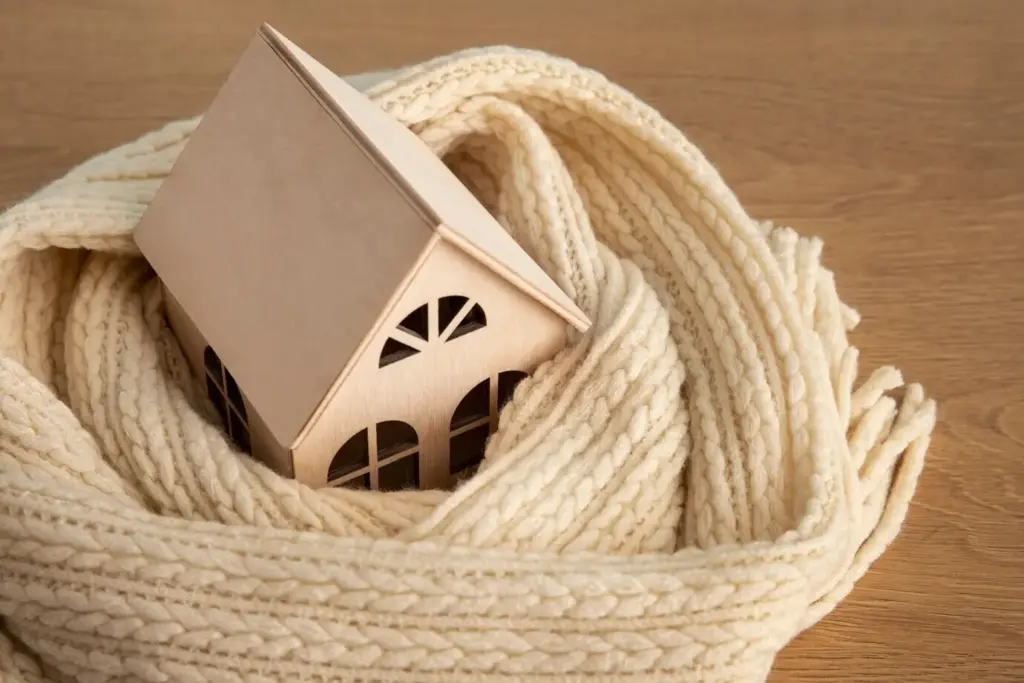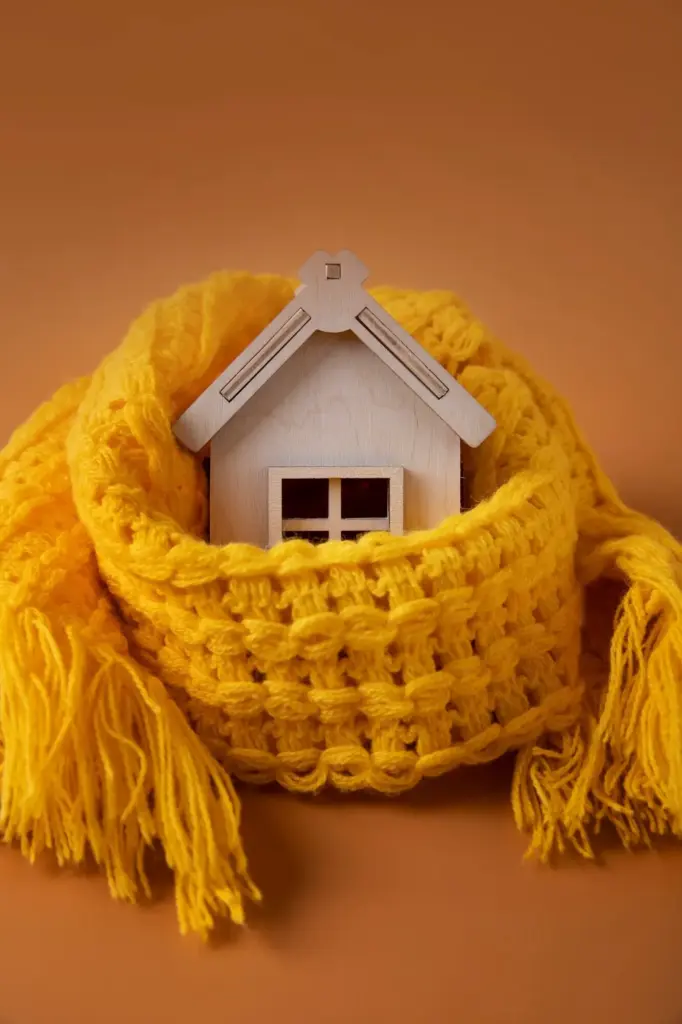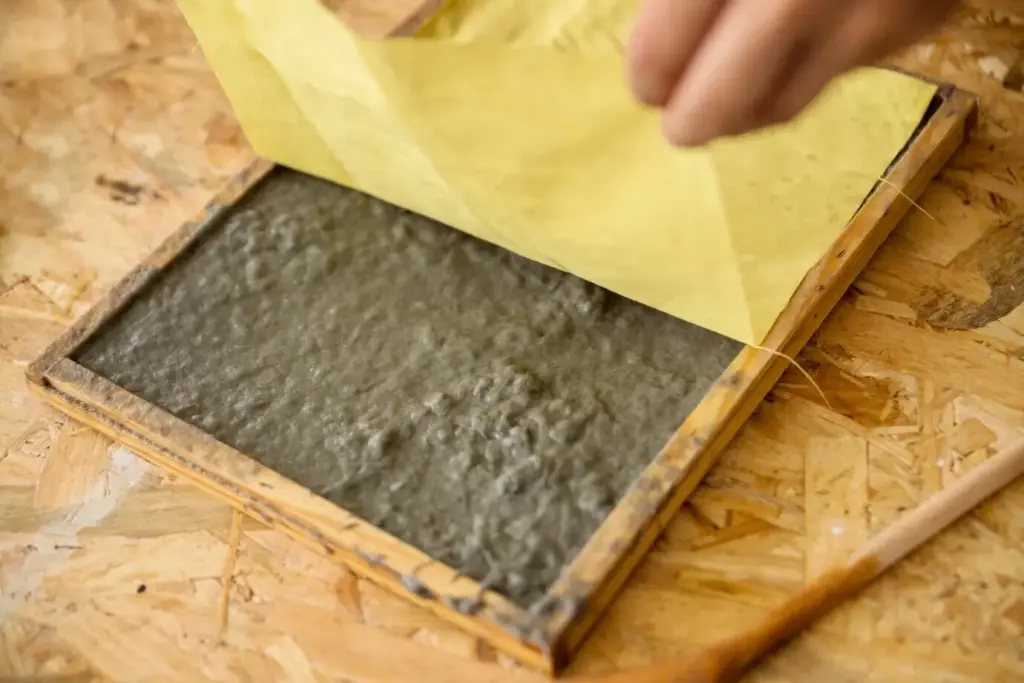Breathing New Life into Historic Homes with Earth-Friendly Insulation
Today we explore retrofitting older and historic homes with sustainable insulation solutions, honoring original craftsmanship while boosting comfort, efficiency, and indoor air quality. Expect clear guidance on vapor-open assemblies, careful detailing around fragile features, and inspiring real-life wins—from warmer nurseries to quieter bedrooms—so you can plan upgrades that respect heritage, reduce bills, and meaningfully cut carbon. Share questions as you read; your stories and challenges help us build a stronger, kinder renovation community.

Know the Building You’re Upgrading
Older houses are systems, not collections of parts. Brick, stone, timber, and lime-based plasters breathe, buffer moisture, and store heat differently from modern construction. Before adding insulation, understand how these materials manage vapor and temperature swings, and how past repairs may have changed performance. A thoughtful survey prevents unintended consequences like trapped moisture, mold, or decay in beautiful, irreplaceable elements that give your home its soul.


Choosing Materials That Work With History
The best insulation for an older house respects breathability, manages moisture safely, and complements existing finishes. Wood fiber, cellulose, cork, hemp-lime, and sheep’s wool shine for their capillary activity, low embodied carbon, and acoustic calm. In tight spaces, aerogel blankets or high-performance plasters may help without bulk. Select for fire safety, pest resistance, local availability, and verified data rather than hype. Compatibility beats brute performance every time.
Where to Insulate Without Losing Character
Apply capillary-active, vapor-open boards or plasters over lime substrates to keep assemblies drying inward and outward. Treat junctions at floors, ceilings, and party walls meticulously to tame thermal bridges. Extend returns into window reveals, or augment with slim, high-performance materials where depth is scarce. Maintain reversibility where regulations demand, and record every step. Small mockups help fine-tune adhesives, fixings, and finishes before committing across grand, irreplaceable rooms.
Insulating at the attic plane or within rafter lines transforms drafts into calm, especially in wind-exposed houses. Combine airtightness at the ceiling with vapor-smart membranes and breathable insulation to keep roof timbers healthy. Create safe service walkways and protect historic rafters from embedded fasteners. Ventilate appropriately or design robust unvented assemblies that manage moisture by diffusion. Done well, bedrooms beneath become welcoming retreats, free from overnight chills and summer glare.
Ground-contact areas often bleed heat and draw damp air. Consider cork or wood fiber underlayments, insulated limecrete slabs, or perimeter insulation where appropriate. Maintain ground moisture paths and ventilation to avoid trapping water against historic masonry. Upgrade skirting seals, draft-proof floorboard gaps, and guard against radon where relevant. By tuning these unseen layers, you’ll notice steadier temperatures, warmer feet, and fewer musty odors drifting into living spaces during wet seasons.
Moisture, Air, and Breathability Done Right
{{SECTION_SUBTITLE}}

Smart Membranes and Capillary-Active Layers
Variable-permeance membranes respond to seasonal humidity, resisting winter diffusion while allowing summer drying. Behind them, wood fiber or cellulose cushions moisture spikes and shares drying loads with lime plasters. This dance protects timbers, paints, and finishes from blistering and decay. Treat staples and overlaps like jewelry—precise and gentle. The result is a robust, forgiving assembly that tolerates real life: cooking, showers, storms, and guests who forget to close the door.

Airtightness Without Suffocating the House
Air leaks steal heat and invite cold corners where mold may bloom. Yet older homes also breathe through finishes. Target big gaps first—lofts, hatches, service penetrations—then refine around skirtings, architraves, and sash boxes. Choose reversible sealants and discreet gaskets. Balance with planned ventilation, perhaps heat recovery where noise or pollution complicate open windows. Think of it as teaching your house to breathe on purpose, not by accident, with grace and respect.


Budget, Incentives, and Phased Pathways
Thoughtful retrofits honor both money and materials. Start with a prioritized plan: stop water, seal leaks, then insulate wisely. Consider grants, tax credits, and heritage programs that reward sensitive upgrades. Phasing spreads cost without locking you into compromises. Evaluate whole-life carbon and maintenance, not just purchase price. When homeowners, builders, and craftspeople share clear milestones, projects stay humane—livable during work, transparent on cost, and satisfying at the final walkthrough.
Detailing, Craft, and Long-Term Monitoring
Great retrofits are love letters to craftsmanship. Scribing boards to wavy plaster, stitching around sash boxes, and echoing original textures with lime finishes protect the home’s voice while improving comfort. Thermal bridges at joist ends, lintels, and reveals deserve sculptor-level patience. After completion, quiet sensors and simple seasonal checklists keep assemblies honest. Share photos, lessons, and surprises with fellow caretakers; our collective memory keeps buildings beautiful and resilient.

Respectful Finishes and Gentle Interfaces
Lime plaster, casein paints, and clay washes breathe with the structure and age into subtle depth. Where new meets old—trim returns, stair strings, chimney breasts—choose flexible, reversible interfaces that can move without cracking. Hidden battens, minimal fixings, and careful reveals protect profiles that anchor a room’s character. The touch of the hand matters here, and visitors feel it as calm, coherence, and welcome warmth.

Junctions Without Cold Spots
Heat slips through shortcuts at edges. Wrap insulation continuously past floors, partition walls, and window heads. Consider slender, high-performance treatments where space pinches. Use thermal modeling where uncertain, then build small trials to confirm. Mind steel lintels and stone sills that bridge outdoors inwards. Each conquered junction becomes a quiet corner instead of a drafty one, proof that patience and millimeters reshape daily comfort dramatically.
All Rights Reserved.